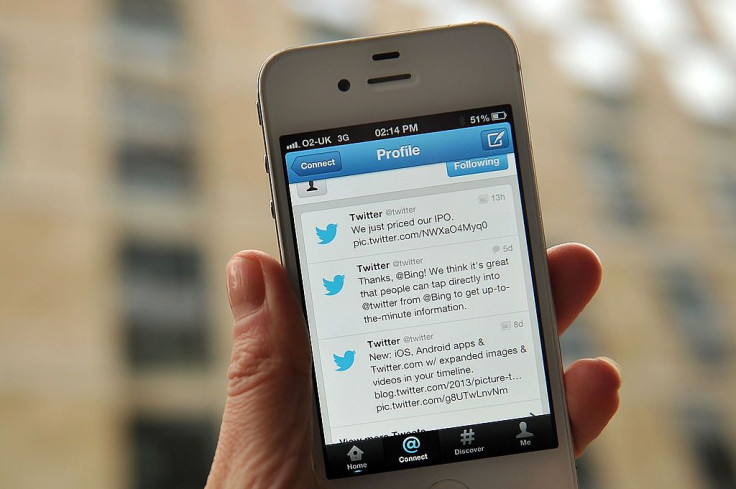Twitter Character Limit Change: Social Platform Loosens 140-Character Restriction

Twitter rolled out changes on Monday in how it counts characters in tweets. The social media platform no longer deducts characters from the 140-character limit for photos, videos, GIFs, polls and quoted tweets.
“Say more about what's happening! Rolling out now: photos, videos, GIFs, polls, and Quote Tweets no longer count toward your 140 characters,” Twitter announced in a tweet.
Say more about what's happening! Rolling out now: photos, videos, GIFs, polls, and Quote Tweets no longer count toward your 140 characters. pic.twitter.com/I9pUC0NdZC
— Twitter (@twitter) September 19, 2016
Twitter first revealed these pending changes in May, saying it hopes to simplify tweets. In addition to media attachments, Twitter announced at the time that @names will not count toward the character limit.
“When replying to a Tweet, @names will no longer count toward the 140-character count,” said Twitter on a blog post in May. “This will make having conversations on Twitter easier and more straightforward, no more penny-pinching your words to ensure they reach the whole group.”
According to The Verge, the company is testing out a simple solution for removing usernames from the character count: by excluding them altogether when replying to a tweet. Regardless of whether the tweet is replying to one user or multiple, it will no longer count the characters in the usernames.
Bloomberg Technology reported earlier this year that links would also be omitted from the character count, pointing out that they can take up 23 character even after shortening. But neither Twitter’s announcement in May nor their changes today reflect such a change.
Avid users waiting for the 140-character limit to be removed entirely should not hold their breath. Earlier this year, Twitter CEO Jack Dorsey put an end to speculation suggesting the limit will be removed. “It’s staying,” Forsey said on NBC’s Today Show. “It’s a good constraint for us, and it allows for of-the-moment brevity.”
Twitter has imposed the 140 character limit since the platform launched. Since then, users have found unique methods for getting around the limit like taking pictures of paragraphs of text in their smartphone’s Notes section or using third party services.
© Copyright IBTimes 2025. All rights reserved.






















